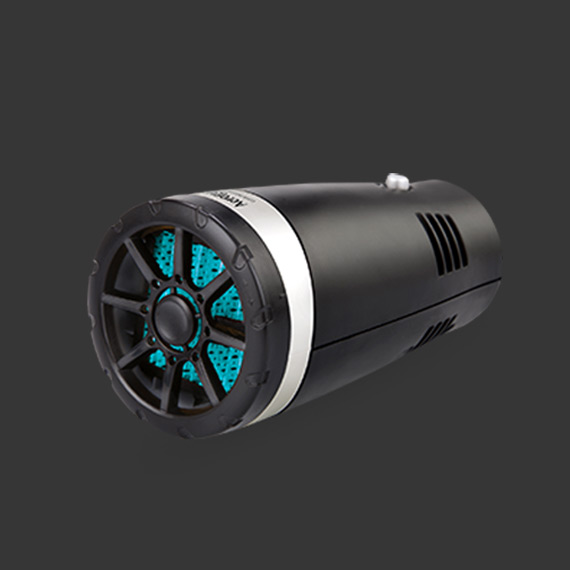throttle rod
Understanding the Throttle Rod The Unsung Hero of Engine Performance
In the world of automotive engineering, the simplicity of a design often belies its importance. One such example is the throttle rod, a critical component in internal combustion engines that plays a vital role in governing engine performance and efficiency. In this article, we’ll delve into the functions, types, and importance of the throttle rod, shedding light on this unsung hero of engine operation.
What is a Throttle Rod?
A throttle rod is a mechanical linkage that connects the accelerator pedal inside the vehicle to the throttle body of the engine. The throttle body is responsible for controlling the amount of air that enters the engine, thereby regulating the engine's power output. The throttle rod transmits the driver’s intent—how much acceleration is desired—by adjusting the position of the throttle plate.
When a driver presses down on the accelerator, the throttle rod moves accordingly, opening the throttle plate to allow more air into the engine. This process results in an increase in engine speed and power. Conversely, when the driver eases off the accelerator, the throttle rod closes the throttle plate, decreasing airflow and power, thus enabling smoother deceleration.
Types of Throttle Rods
There are primarily two types of throttle linkage systems used in vehicles today mechanical and electronic
.1. Mechanical Throttle Rods Traditionally, vehicles have utilized mechanical throttle rods made of metal cables or rods that physically connect the accelerator pedal to the throttle body. In these systems, the driver's input directly translates to the position of the throttle plate, offering a straightforward and reliable means of control. However, these systems can be subject to wear and tear, resulting in reduced responsiveness over time.
throttle rod

2. Electronic Throttle Control (ETC) With advancements in technology, many modern vehicles now employ electronic throttle control systems, also known as drive-by-wire. In this setup, there is no physical cable connecting the accelerator pedal to the throttle body. Instead, sensors detect pedal position and send electronic signals to the engine control unit (ECU), which then adjusts the throttle plate accordingly. This system offers enhanced accuracy and allows for features such as cruise control and traction control, greatly improving the vehicle’s driveability and safety.
The Importance of the Throttle Rod
The throttle rod, whether mechanical or electronic, is crucial for numerous reasons. Firstly, it directly influences engine performance. A well-functioning throttle system ensures that the engine receives the right amount of air for combustion, optimizing power output and fuel efficiency.
Secondly, the throttle rod plays a key role in vehicle safety. Sudden acceleration or delayed responsiveness can lead to dangerous driving situations. In electronic throttle control systems, various safety protocols are often embedded, such as limiting throttle response in certain driving conditions, which enhances overall vehicle control.
Moreover, the proper calibration of the throttle rod is essential for smooth driving experiences. A misaligned or malfunctioning throttle rod can lead to jerky acceleration and deceleration, frustrating drivers and potentially compromising safety.
Conclusion
The throttle rod may not be the first component that comes to mind when discussing automotive engineering, but its significance should not be underestimated. As a communication link between driver and engine, it directly influences how a vehicle responds to driver inputs, affecting performance, safety, and overall driving experience.
As technology continues to evolve, the throttle rod is likely to see further advancements, particularly in electronic systems. However, its fundamental role in enabling precise control over engine performance remains unchanged. Understanding the throttle rod not only helps in appreciating its importance but also highlights the intricate balance of mechanics and engineering that powers our vehicles today. Whether through a mechanical linkage or a state-of-the-art electronic control system, the throttle rod continues to be a vital contributor to the world of automotive performance.
-
Upgrade Your Control with Premium Throttle CablesNewsAug.08,2025
-
Stay in Control with Premium Hand Brake CablesNewsAug.08,2025
-
Experience Unmatched Performance with Our Clutch HosesNewsAug.08,2025
-
Ensure Safety and Reliability with Premium Handbrake CablesNewsAug.08,2025
-
Enhance Your Vehicle with High-Performance Clutch LinesNewsAug.08,2025
-
Elevate Your Ride with Premium Gear CablesNewsAug.08,2025
